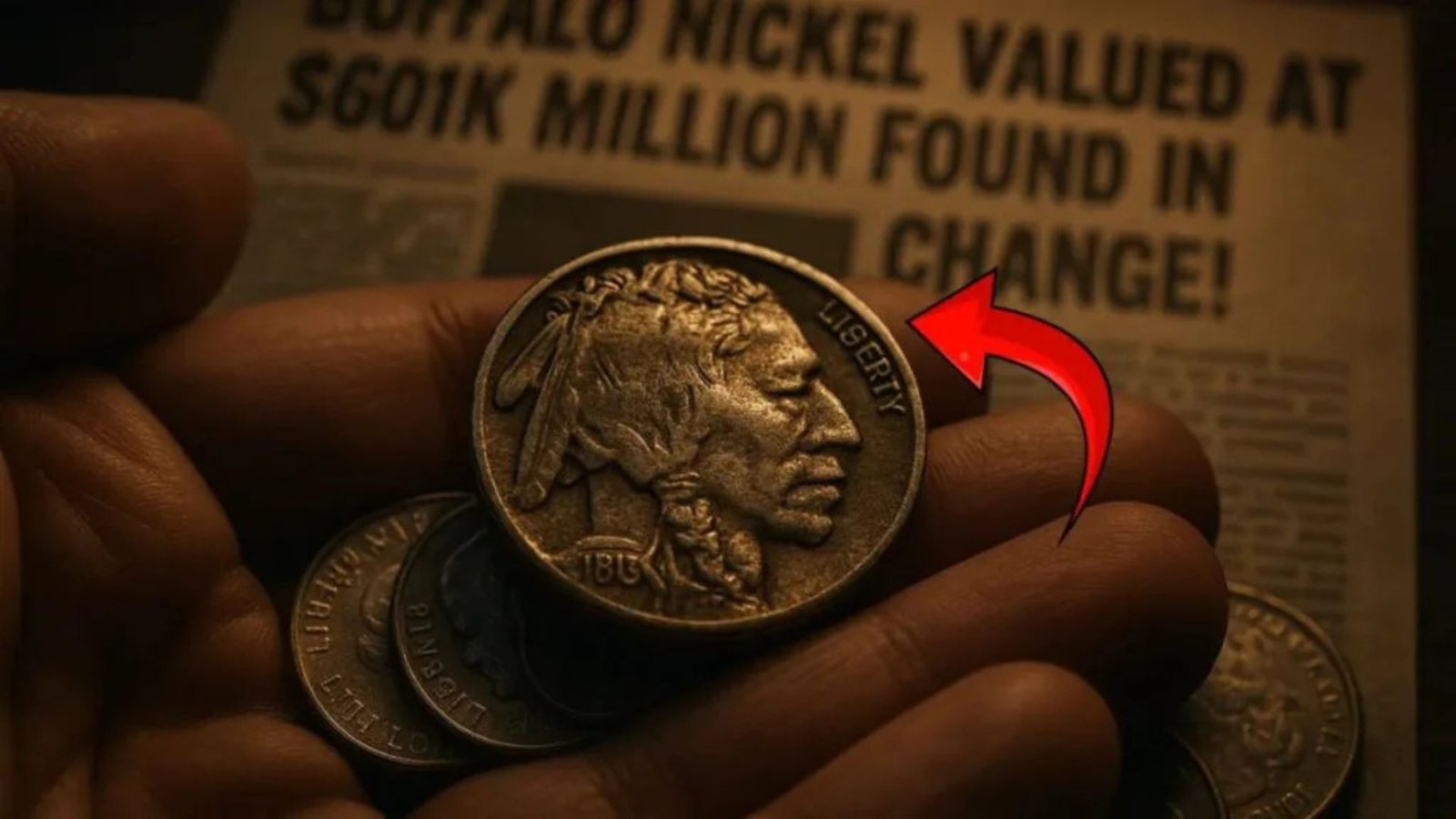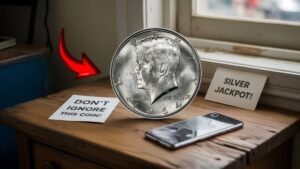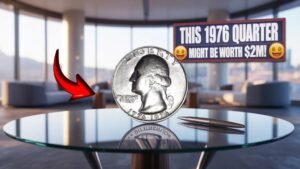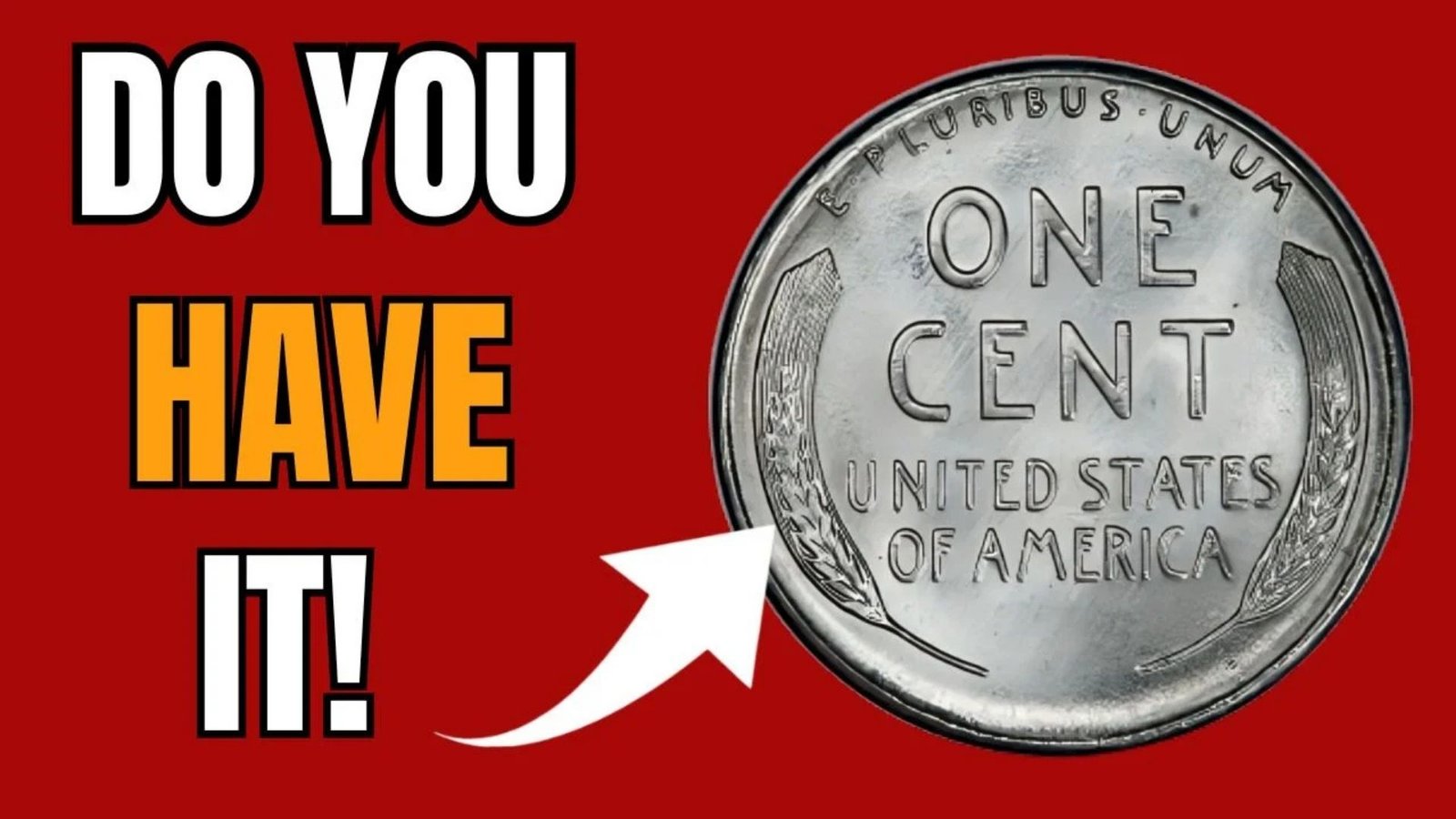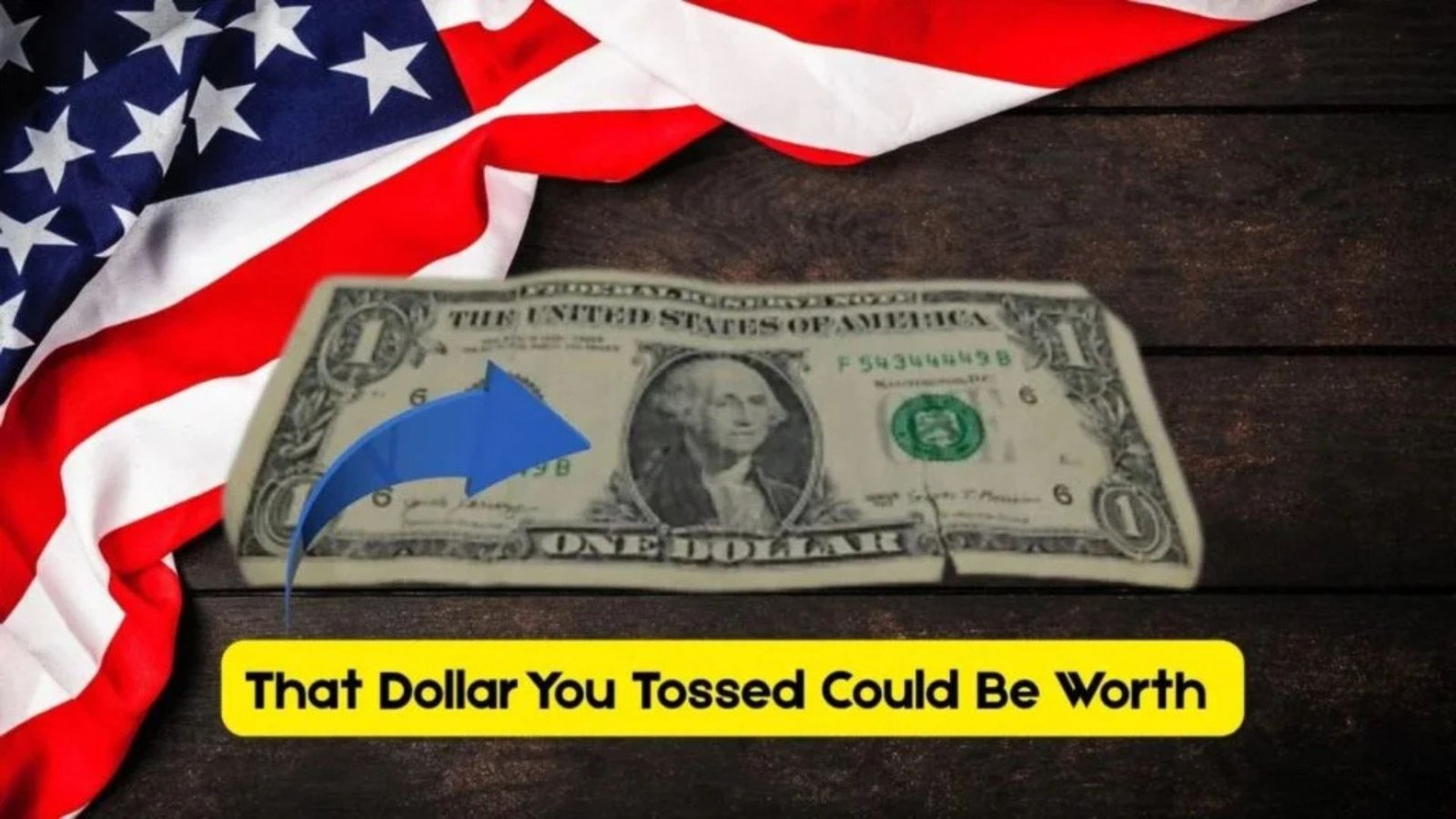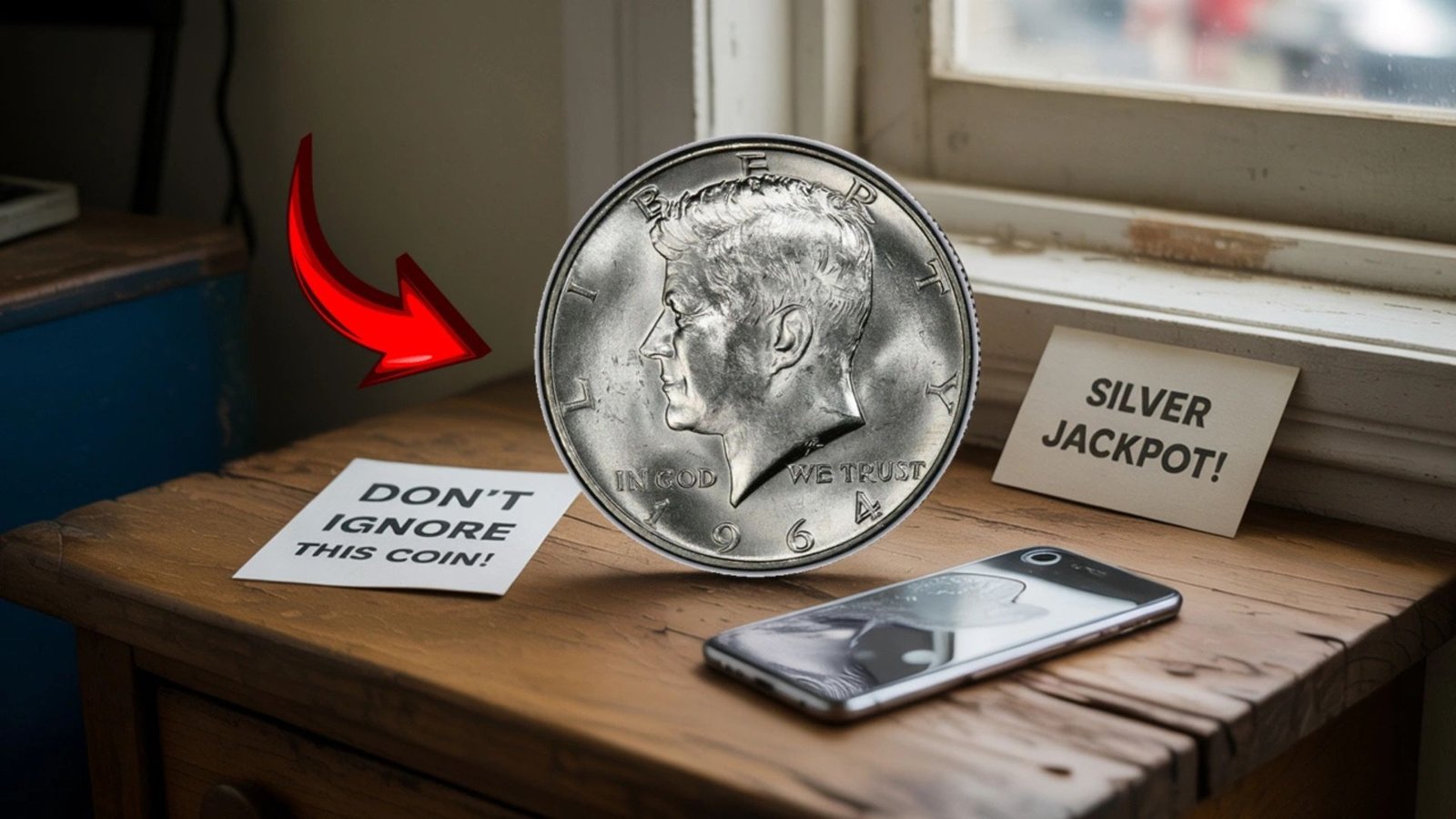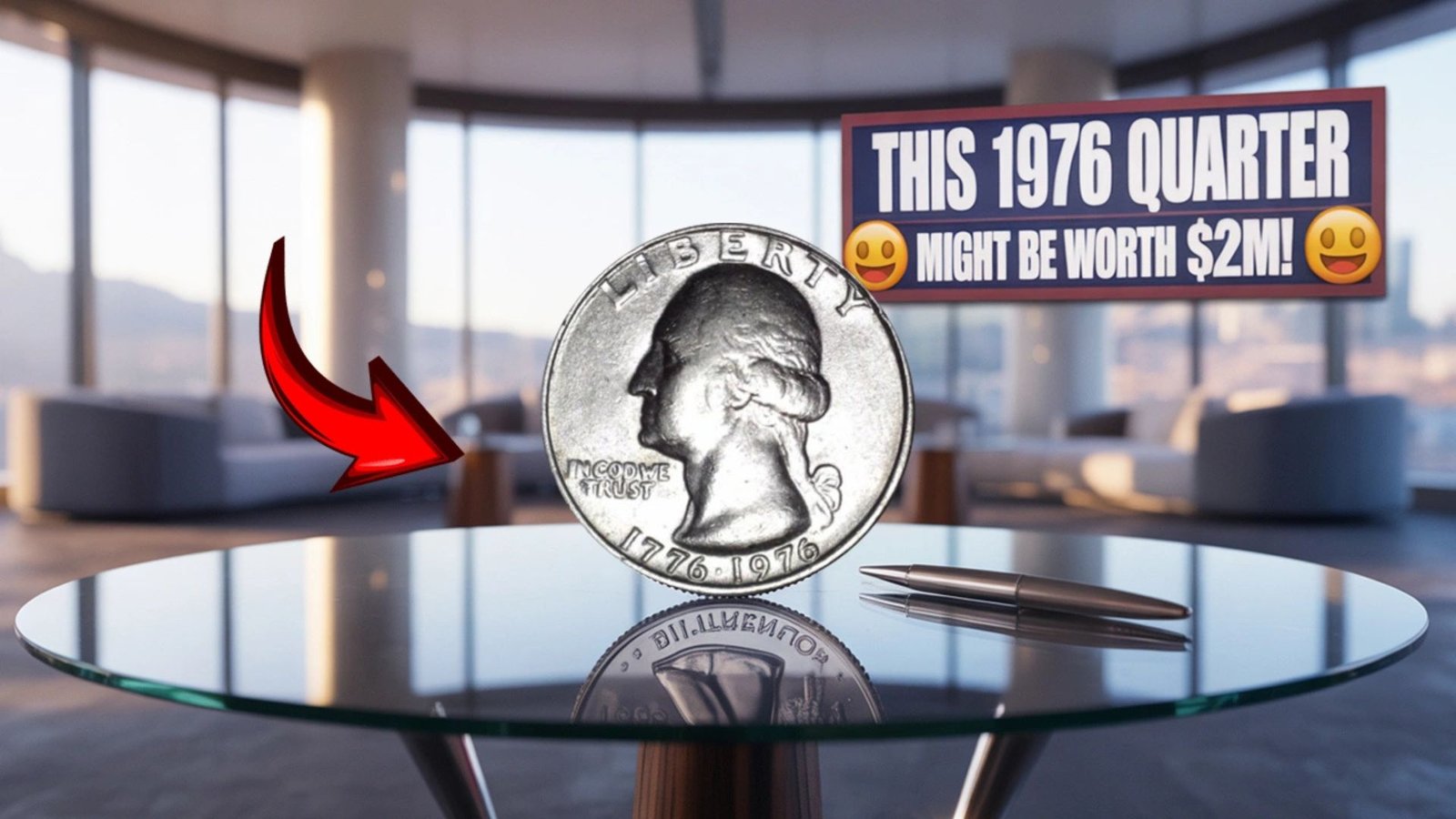The Buffalo Nickel, also known as the Indian Head Nickel, is a fascinating piece of American history that captures the imagination of coin collectors and casual finders alike. With some rare versions valued at up to $601,000, this iconic coin from the early 20th century might still be hiding in your pocket change or attic. In this article, we’ll explore what makes the Buffalo Nickel so special, why certain versions are worth a fortune, and how you can spot one. Optimized for search engines, this guide uses simple language to help you understand this collectible treasure.
What Is the Buffalo Nickel?
The Buffalo Nickel is a five-cent coin produced by the United States Mint from 1913 to 1938. Designed by sculptor James Earle Fraser, it features a Native American profile on one side (the obverse) and an American buffalo on the other (the reverse). This design celebrates America’s heritage, making it one of the most iconic coins in U.S. history.
Unlike modern nickels, Buffalo Nickels were made of 75% copper and 25% nickel, giving them a unique feel and look. While most are worth only a few cents, certain rare versions can fetch jaw-dropping prices due to their condition, errors, or limited production.
Why Are Some Buffalo Nickels So Valuable?
The value of a Buffalo Nickel depends on several factors, including its rarity, condition, and any unique minting errors. Here’s a breakdown of what makes some of these coins worth thousands or even hundreds of thousands of dollars:
Rarity
Some Buffalo Nickels were produced in very small quantities, making them harder to find. For example, coins from specific years or mints (like San Francisco or Denver) are scarcer than others.
Condition
Coins in excellent condition, with clear details and minimal wear, are worth more. Collectors use a grading scale from 1 to 70, with higher grades (like MS-65 or above) commanding top prices.
Minting Errors
Errors during production, like double strikes or missing details, make certain coins unique. One famous example is the 1937-D “3-Legged Buffalo Nickel,” where a minting error caused the buffalo to appear with only three legs, significantly increasing its value.
Historical Significance
Some Buffalo Nickels are tied to key moments in history, like the 1913 Liberty Head Nickel, which was minted in secret and is one of the rarest coins in the world.
The $601,000 Buffalo Nickel: The 1918/7-D Overdate
One of the most valuable Buffalo Nickels is the 1918/7-D overdate, which can be worth up to $601,000 in top condition. This coin has a unique error where the date “1918” was stamped over “1917,” creating a visible overlap. Produced at the Denver Mint (marked with a “D”), this coin is incredibly rare because only a few were made before the error was corrected.
Why Is the 1918/7-D So Special?
- Unique Error: The overdate error makes it a one-of-a-kind find.
- Low Production: Very few of these coins were minted, and even fewer survived in good condition.
- Collector Demand: High demand from collectors drives up its value, especially for coins graded MS-65 or higher.
How to Spot a Valuable Buffalo Nickel
Finding a valuable Buffalo Nickel requires careful inspection. Here’s a step-by-step guide to help you identify one:
- Check the Date and Mint Mark:
- Look at the date on the obverse (the side with the Native American). Key dates to watch for include 1914, 1918/7-D, 1926-S, and 1937-D.
- Check for a mint mark below the buffalo on the reverse. Coins from Denver (“D”) or San Francisco (“S”) are often rarer than those from Philadelphia (no mint mark).
- Look for Errors:
- Examine the date for overdates (like 1918/7-D) or other unusual markings.
- Check the buffalo’s legs, especially on 1937-D coins, for the famous “3-Legged” error.
- Assess the Condition:
- A coin with sharp details, no scratches, and a shiny surface is more valuable. Avoid coins that are heavily worn or damaged.
- Get It Graded:
- Professional grading services like PCGS or NGC can evaluate your coin’s condition and authenticity, which significantly impacts its value.
Table: Key Buffalo Nickels and Their Estimated Values
| Year | Mint Mark | Error/Feature | Estimated Value (High Grade) |
|---|---|---|---|
| 1918/7-D | D | Overdate | Up to $601,000 |
| 1937-D | D | 3-Legged Buffalo | Up to $99,000 |
| 1926-S | S | Low Mintage | Up to $25,000 |
| 1914 | D | Low Mintage | Up to $7,000 |
Note: Values depend on the coin’s condition and market demand. Always consult a professional for an accurate appraisal.
Where Might You Find a Buffalo Nickel?
Buffalo Nickels are no longer in regular circulation, but they can still turn up in unexpected places. Here are some spots to check:
- Pocket Change: While rare, some people still spend old coins without realizing their value.
- Coin Rolls: Banks or coin dealers may have rolls of nickels that include older coins.
- Estate Sales or Flea Markets: Old coin collections often surface at sales or markets.
- Family Heirlooms: Check your attic or inherited jewelry boxes for forgotten coins.
- Metal Detecting: Hobbyists sometimes find Buffalo Nickels in old parks or historical sites.
How to Sell a Valuable Buffalo Nickel
If you think you’ve found a valuable Buffalo Nickel, follow these steps to sell it:
- Verify Authenticity: Have the coin authenticated by a reputable grading service like PCGS or NGC.
- Get an Appraisal: A professional appraiser can estimate its market value based on condition and rarity.
- Choose a Selling Method:
- Auction Houses: For high-value coins like the 1918/7-D, auctions can attract serious collectors.
- Coin Dealers: Local or online dealers offer quick sales but may pay less than auction prices.
- Online Marketplaces: Platforms like eBay allow you to reach a wide audience, but be cautious of fees and scams.
- Store Safely: Keep the coin in a protective holder to avoid damage until it’s sold.
Tips for New Coin Collectors
If you’re new to coin collecting, here are some tips to get started with Buffalo Nickels:
- Learn the Basics: Read about coin grading, mint marks, and errors to understand what makes a coin valuable.
- Start Small: Begin with common Buffalo Nickels, which are affordable and widely available.
- Join a Community: Connect with other collectors through clubs or online forums to share knowledge.
- Invest in Tools: A magnifying glass and a coin guidebook can help you spot valuable details.
FAQs About Buffalo Nickels
What makes a Buffalo Nickel valuable?
A Buffalo Nickel’s value comes from its rarity, condition, and any minting errors. Coins like the 1918/7-D overdate or 1937-D 3-Legged Buffalo are especially prized.
Can I still find Buffalo Nickels in circulation?
It’s rare but possible. Check pocket change, coin rolls, or old collections for these coins.
How do I know if my Buffalo Nickel is real?
Have it authenticated by a professional grading service like PCGS or NGC to confirm its authenticity and condition.
Where can I sell my Buffalo Nickel?
You can sell through auction houses, coin dealers, or online platforms like eBay. For high-value coins, auctions often yield the best prices.
What is the rarest Buffalo Nickel?
The 1918/7-D overdate is one of the rarest and most valuable, with top-grade examples worth up to $601,000.
Conclusion
The Buffalo Nickel is more than just a piece of change—it’s a window into America’s past and a potential treasure for collectors. With rare versions like the 1918/7-D overdate fetching up to $601,000, this coin is a reminder that hidden gems might be closer than you think. By learning to spot key dates, mint marks, and errors, you can turn a simple nickel into a life-changing find. Start checking your change, explore old collections, and dive into the exciting world of coin collecting today!

